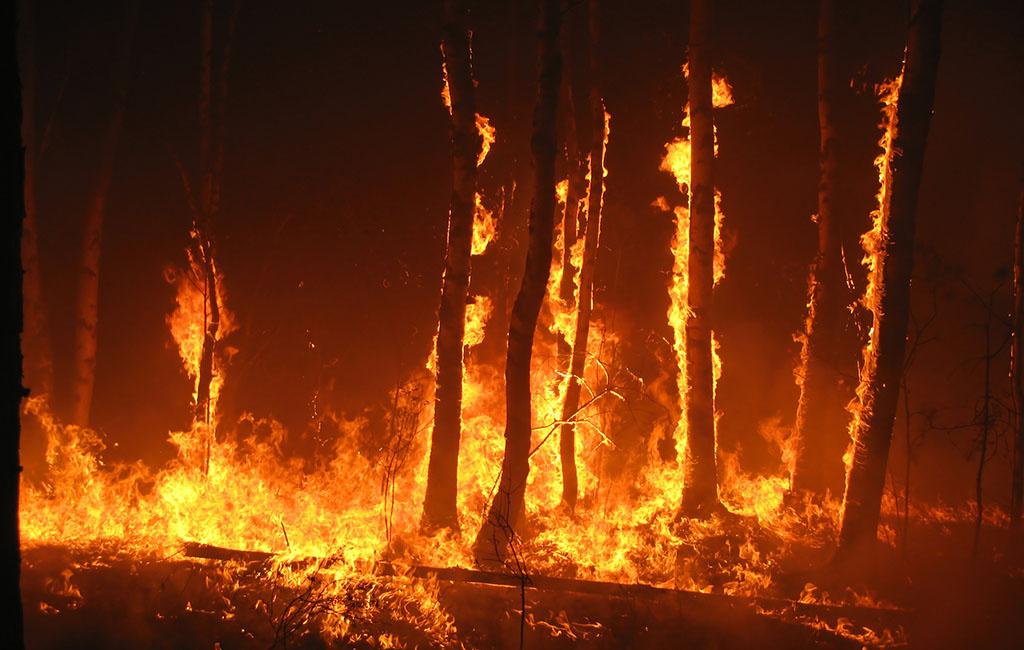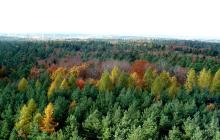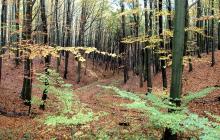 Wydawca treści
Wydawca treści
Forest Protection
 Huba siarkowa to groźny grzyb chorobotwórczy atakujący drzewa. Fot. Michał Szczepaniak
Huba siarkowa to groźny grzyb chorobotwórczy atakujący drzewa. Fot. Michał Szczepaniak
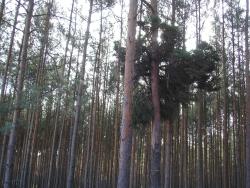 Czarcia miotła jest zaburzeniem rozwoju pędów wynikającym z infekcji grzybowych, atakujących drzewa iglaste i liściaste. Fot. Jacek Zimniewicz
Czarcia miotła jest zaburzeniem rozwoju pędów wynikającym z infekcji grzybowych, atakujących drzewa iglaste i liściaste. Fot. Jacek Zimniewicz
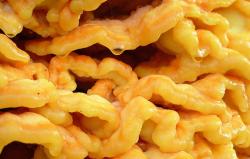 Huba siarkowa. Fot. Michał Szczepaniak
Huba siarkowa. Fot. Michał Szczepaniak
 Huba siarkowa. Fot. Michał Szczepaniak
Huba siarkowa. Fot. Michał Szczepaniak
 Czarcia miotła powstaje w wyniku zahamowania wzrostu pędu głównego i patologicznego rozwoju wszystkich pąków bocznych. Fot. Jacek Zimniewicz
Czarcia miotła powstaje w wyniku zahamowania wzrostu pędu głównego i patologicznego rozwoju wszystkich pąków bocznych. Fot. Jacek Zimniewicz
Knowledge of natural processes occurring in the environment and controlling the condition of the forest enable foresters to diagnose any hazards that can have negative impact on the forest. Every year efforts are made to protect sustainability of the forest and improve its natural resistance to harmful factors.
Hazards – mammals and insects
Pine is the most common tree species found in Lipinki Forest District and for this reason it is the most exposed to negative influence of forest pests. The most common pests are insects: Black Arches, Pine-tree Lappet and Pine Beauty. In order to protect the trees from infestation various forecasting methods are used. In case of visible difficulties with pest control, aircrafts are used for protective treatments.
Some species of mammals (such as deer and roe deer) are also responsible for substantial economic damage suffered by the forests of Lipinki Forest District. The damage is caused mainly by eating sprouts of young trees which prevents their proper growth. Foresters try to limit this type of damage by partly fencing off the crops.
Damage caused by people
Forests of Lipinki Forest District have been qualified for 1st level of fire hazard. Forest fires are usually caused by arson or carelessness of tourists and less often by fires in the neighbouring areas.
During period of the greatest fire hazard (from March to the end of September) forests are under constant supervision to prevent the fire from spreading. Four fire lookout towers and a number of field patrols help to supervise the forests. The Inspectorate also organizes some activities aimed at informing and educating people, such as: information meetings with foresters held at schools on fire hazards and consequences of fire, distribution of leaflets and posters, placing of information boards by the public roads that enter the forests.


